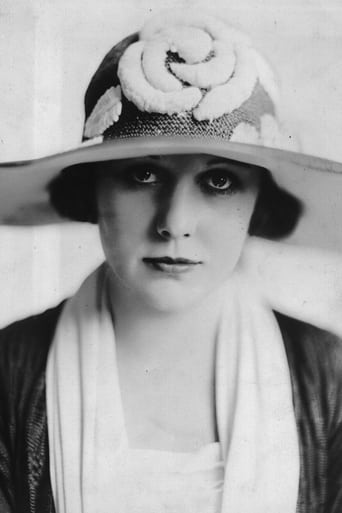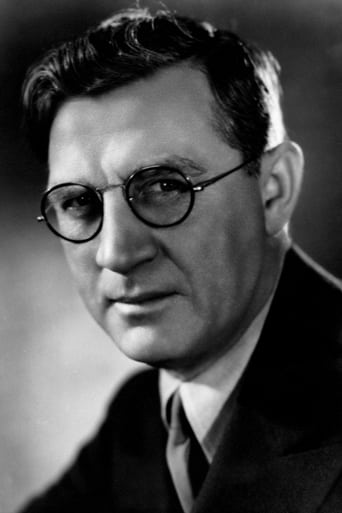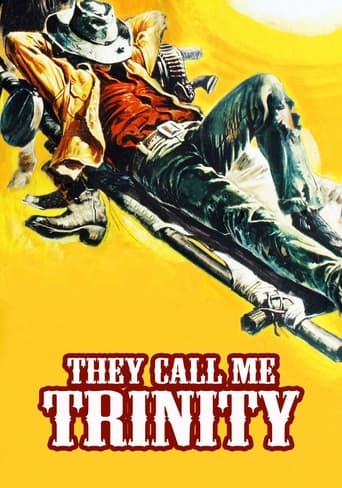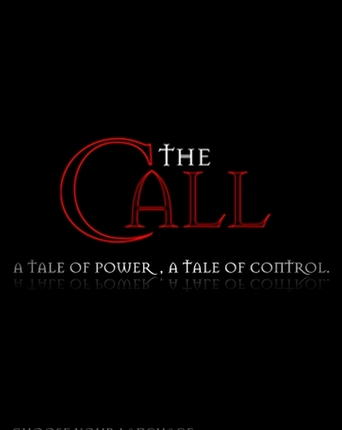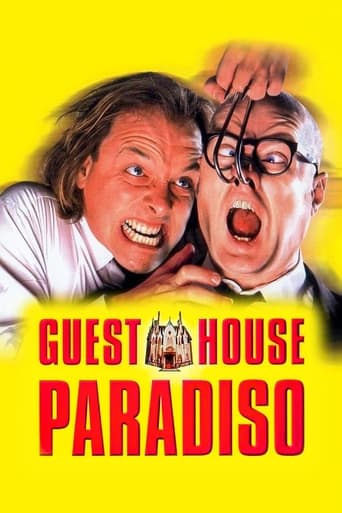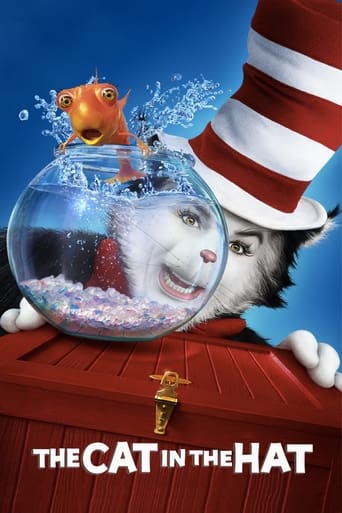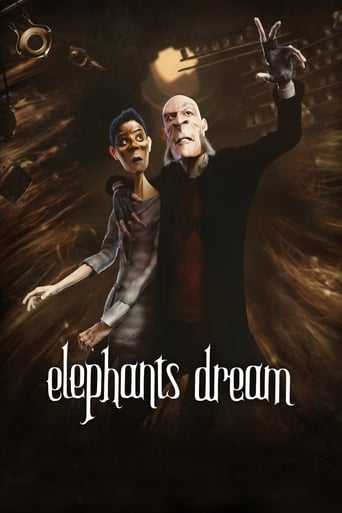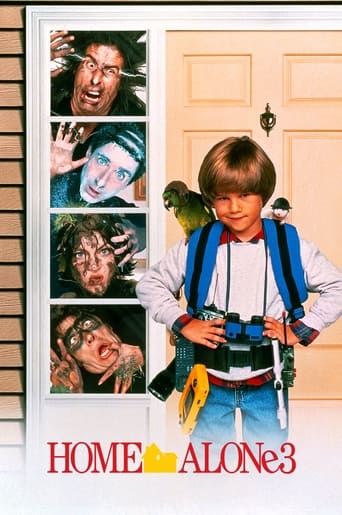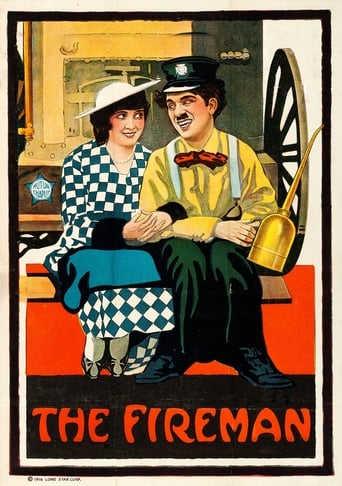
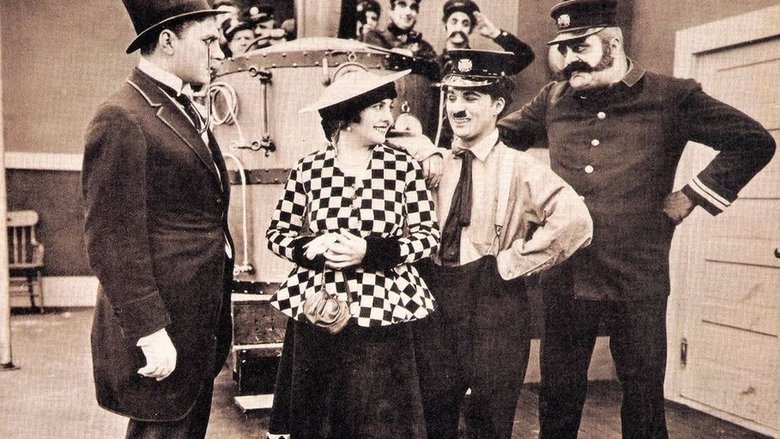
The Fireman (1916)
Firefighter Charlie Chaplin is tricked into letting a house burn by an owner who wants to collect on the insurance.
Watch Trailer
Cast
Similar titles
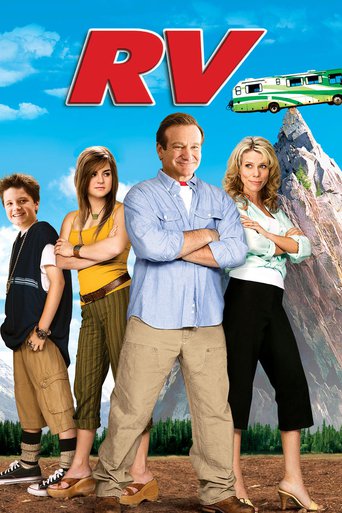
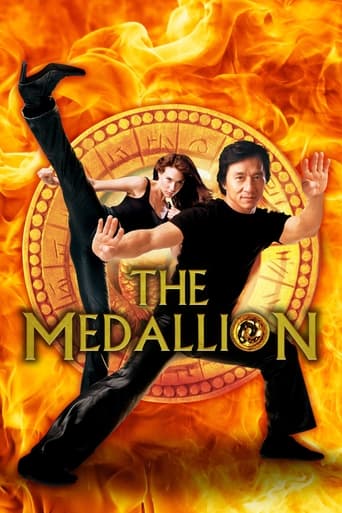

Reviews
good back-story, and good acting
This film is so real. It treats its characters with so much care and sensitivity.
It’s fine. It's literally the definition of a fine movie. You’ve seen it before, you know every beat and outcome before the characters even do. Only question is how much escapism you’re looking for.
The film's masterful storytelling did its job. The message was clear. No need to overdo.
This 1916 Chaplin short film builds a lot on its factors from the past. It's about 24 minutes long, a duration found for several of Chaplin's shorts. Eric Campbell is the main antagonist again and Edna Purviance plays the damsel in distress, although she doesn't appear until 9 minutes in. Before that it's Chaplin versus Campbell at the fire station and as always the huge Eric Cambell gets in trouble from Charlie's accidental actions. And of course, as you could expect from the location, there's lots of water splashing and foam action going on.After the comedic action, it gets a bit more serious, when Purviance enters the picture. Attempted insurance fraud, a big dangerous fire threatening a woman's life and some more critical scenes turn it into quite a drama. Of course, it's still paired with Chaplin's slapstick routine, so it's nothing too hard to digest. Nonetheless,I have to say I wasn't too fond of this film. The fire station action wasn't half as funny as it could have been, romance was almost non-existent here and was usually a factor that elevated some of Chaplin's other works, because it was displayed with so much heart and there's a scene where Campbell's character punches Charlie with full power in the face. Surprisingly, or probably not surprisingly given the tone of Chaplin's films, he gets up pretty quickly, but that was a scene of unnecessary brutal violence that is rather uncommon for most of Chaplin's films. On a more positive note, my favorite scene was the one where Chaplin stops the alarm from ringing as he wants to finish his board-game with another fireman, which made me quite laugh. All in all, I'd recommend this one only to Chaplin fanatics and for everybody else there's better choices to get into his filmography.
One of the many advantages Charlie Chaplin had in the independence, confidence and familiarity of this point in his career was that he had a large crew of supporting players, each with their own slightly different character, whom the little tramp could play off of. Since the Fireman does not show Charlie at his funniest, let's take this opportunity to tip our hats to the gentlemen who were the butts of so many of his jokes.Chaplin's supporting actors came in many shapes and sizes, but they all had one function in common – to be a puffed-up pompous twerp, who it was amusing to see brought down a peg. You see, Charlie's appeal lay in his own lack of pomposity, and his knack of deflating it in others. This even went to the point of Chaplin not always being the centre of attention, but still being the originator of the biggest laughs. And yet it was that army of pratfallers who keep the supply of potential gags flowing and fresh.So who have we here? Most noticeable is of course Eric Campbell, in his second role for Chaplin. Campbell was a real find, having size coupled with sternness, meaning he was suitable play Chaplin's boss as well as antagonist. As the ultimate burly bully and a grim figure of authority, he provides us with the most satisfaction when Charlie gets the better of him. Then we get the jumped-up, self-important boss's pet as played by Albert Austin. After seeing Campbell repeatedly kick Charlie up the arse, Austin gets in one kick of his own, only to have Charlie ceremoniously kick him back. Finally there is Leo White, and I'm sad to say this really was finally for him because it was the last appearance of his recurring posh twit persona, and his penultimate appearance in any Chaplin picture. He is at his best here though, hopping frantically around trying to get the fire brigade round to his burning house. Charlie's languid, unconcerned response is hilarious, but only because White's exaggerated capering gives him such an excellent counterpoint.This is all in all a fairly good Chaplin short, typical of the smoothness he displayed at the Mutual studios. It's also notable for a couple of camera trick gags, such as Charlie appearing to put the horses into reverse, or a jump cut which makes it look like the firemen got dressed in a split second. These are pretty funny, but Chaplin clearly did not consider himself a Melies and would not pursue the approach.And where would we be without our all-important statistic? – Number of kicks up the arse: 15 (1 for, 13 against, 1 other)
In 1914 and early 1915, Chaplin did his first comedy shorts. In general, they were pretty awful--with almost no plot and consisting of him mugging it up on camera and hitting people. However, in 1915 he left Keystone Studio and began making better films with Essenay (though there are some exceptions) and finally, in 1916, to Mutual where he made his best comedy shorts. These newer films had more plot and laughs and usually didn't relay on punching or kicking when they ran out of story ideas.Compared to other Mutual comedies, this one is a bit of a let-down, as again and again it seems like Charlie and the crew really are given no direction. They just wanter about aimlessly and yell a lot and slap each other, but not a whole lot of plot until the very end. This is a pretty spectacular ending, though, as you really get to see Chaplin's athletic skills!
"The Firemen," the second of Chaplin's golden dozen of comedies for the Mutual Company, is probably my least favorite of the bunch. It is a typical occupational comedy, where a comedian is placed in a certain job and wrings the comic potential from the various tools of the trade. It's not a terrible film by any stretch of the imagination. There certainly are laughs, and Chaplin does milk some simple gags, like the incessant butt-kicking, a little more successfully than he did at Keystone or Essanay. (For example, in a Keystone comedy, if someone bent over, someone else would automatically kick them in the butt. Here, if you bend over you will still get kicked, but Chaplin makes a little more of it. He will consider the butt, address it as it were, before he makes his kick. It is a small step to be sure, but every step is important.) Chaplin also attempts stretch a little technically with some backward motion gags, but they are obvious and not very funny. Overall, the film suffers because it does not reach the standard Chaplin would set for himself with his later efforts.

